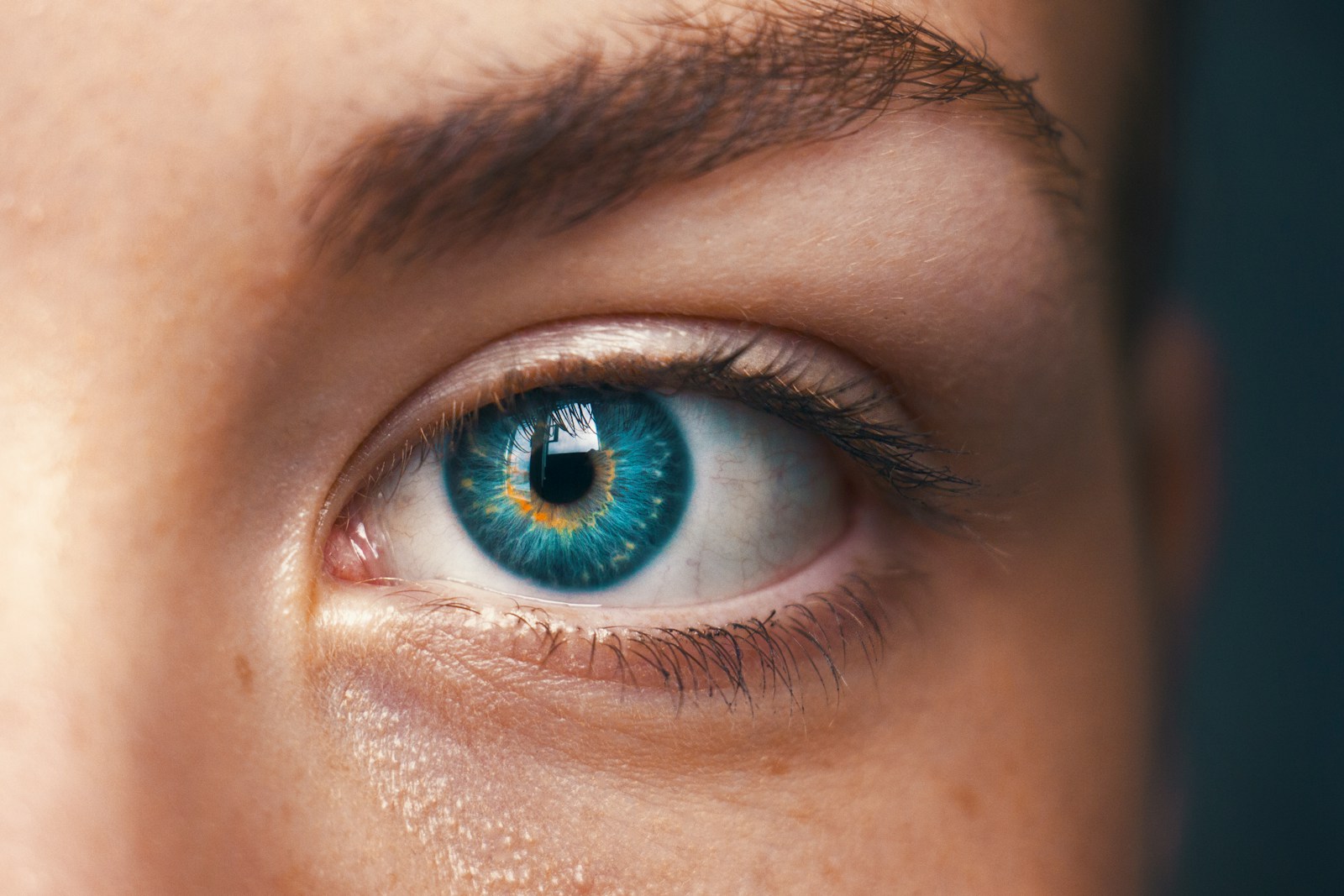
Macular Degeneration: Signs, Symptoms, and Treatment
Macular degeneration causes a progressive loss of central vision. It affects the retina (the back of the eye) that senses light and color. This condition may make straight lines appear wavy or blurred and make it more difficult to adjust to dim lighting environments.
Symptoms depend on the type of macular degeneration you are suffering from; while there is no known cure, treatments exist which may help slow its progress and restore vision.
Signs
Macular degeneration (AMD), also known as age-related macular degeneration, causes central vision to blur as cells underneath the macula break down and degenerate, while peripheral vision remains unaffected. Macular degeneration is one of the leading causes of severe vision loss among those over age 50 and it remains one of the primary reasons for severe vision impairment in these individuals.
Macular degeneration’s cause remains unknown, although it appears to run in families. Smoking and diet high in saturated fat and cholesterol may hasten its progression; people with light eyes or who have had cardiovascular disease are at higher risk.
Macular degeneration often begins without symptoms, making a diagnosis difficult to make. Your eye doctor will ask about your family history and conduct tests to investigate medical history; an ophthalmologist will then inspect retina and macula for signs of the condition; they may ask you to look at an Amsler grid to report whether any straight lines appear wavy or missing on it.
Symptoms
Age-related macular degeneration results in central vision loss due to light-sensing cells deteriorating in the part of the retina that detects color and detail (the macula). It typically starts in one eye but may progress to both; peripheral (peripheral) vision remains unaffected and night vision unaffected. Although progression may be gradual, for approximately 10-15 percent of sufferers abnormal blood vessels can form under their retina and macula, leaking fluid or blood into their eyes, creating wet macular degeneration – an eye condition in which fluid leakage through abnormal blood vessels under their retina/macula area leaking fluid or blood into their eye from under its protective covering of retina/macula leaking fluid into their eye causing vision loss from side.
Macular degeneration’s symptoms include wavy or straight lines that appear crooked and a blurry or blank spot in the center of your field of vision. An NYU Langone doctor can determine whether you have dry or wet macular degeneration and the extent to which your sight has been affected, conducting tests such as an Amsler grid – covering one eye while looking at straight lines similar to checkerboard patterns – as well as fluorescein angiography or optical coherence tomography tests.
Diagnosis
Macular degeneration is an eye condition that causes central vision to blur, caused by light-sensing cells deteriorating within your retina’s macula (MAK-uh-luh). While macular degeneration affects people of all ages, older adults seem particularly prone to it; family history, smoking and diet deficiencies can all increase your risk.
Over time, dry macular degeneration may progress into wet form of macular degeneration when blood vessels grow beneath your retina and leak fluid or blood into the macula, creating sudden vision changes such as wavy lines or blind spots.
Your doctor can easily detect macular degeneration by conducting an eye exam from the back. After diluting your pupils with drops, he or she will use special tools to inspect your retina – including checking for yellow deposits called “drusen”, as well as signs that thinning may have taken place and for straight lines that seem curved or wavy lines on an Amsler grid test.
Treatment
If you suffer from wet age-related macular degeneration (or exudative macular degeneration), sudden blurriness or loss of central vision could occur unexpectedly due to abnormal blood vessels forming under your retina and leaking serum or blood into the macula, leading to distortion, spots or complete washout (blind spots).
Your treatment may involve anti-VEGF injections to inhibit the formation of leaky blood vessels, and photocoagulation laser treatment to seal them shut.
Your doctor may suggest testing your vision regularly using an Amsler grid – a checkerboard-like pattern of straight lines – in an Amsler grid, looking out for faded, broken or wavy lines as this may indicate macular degeneration. In such instances, supplements containing vitamins and minerals called the AREDS might also be recommended to help minimize vision loss.


